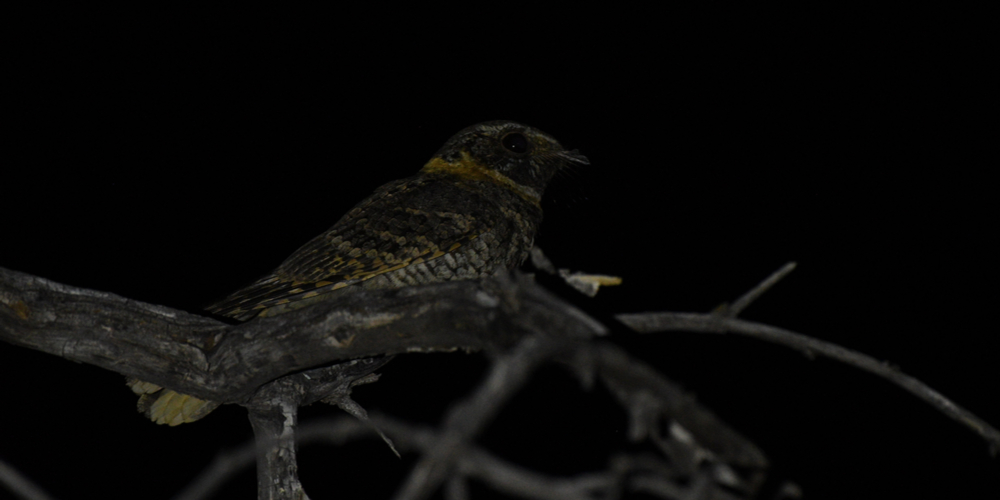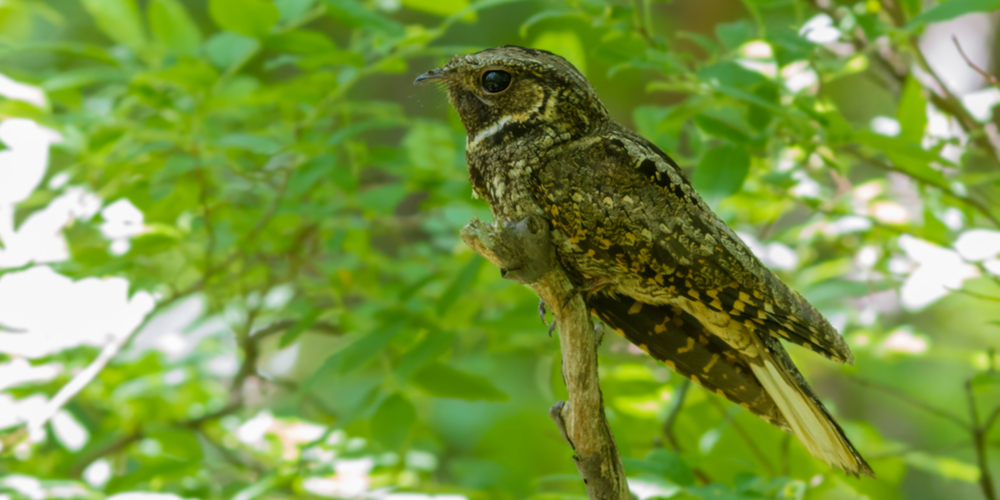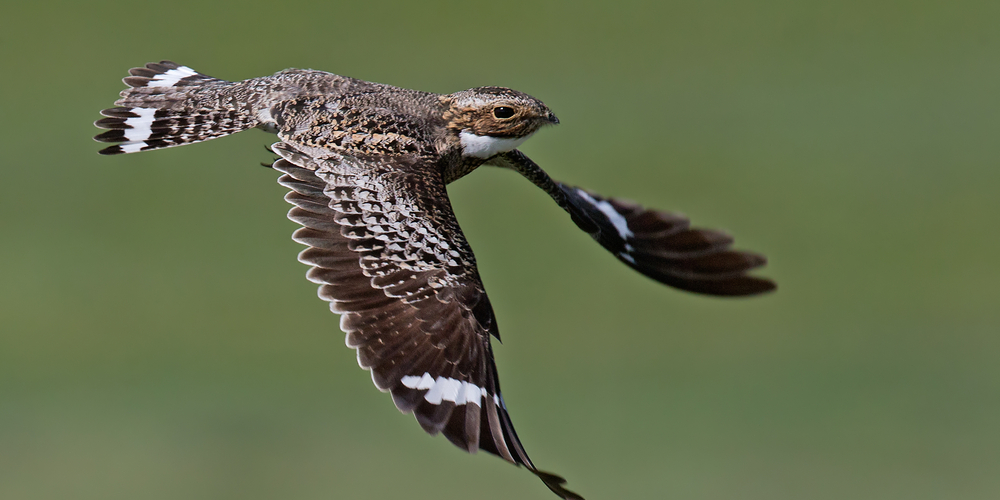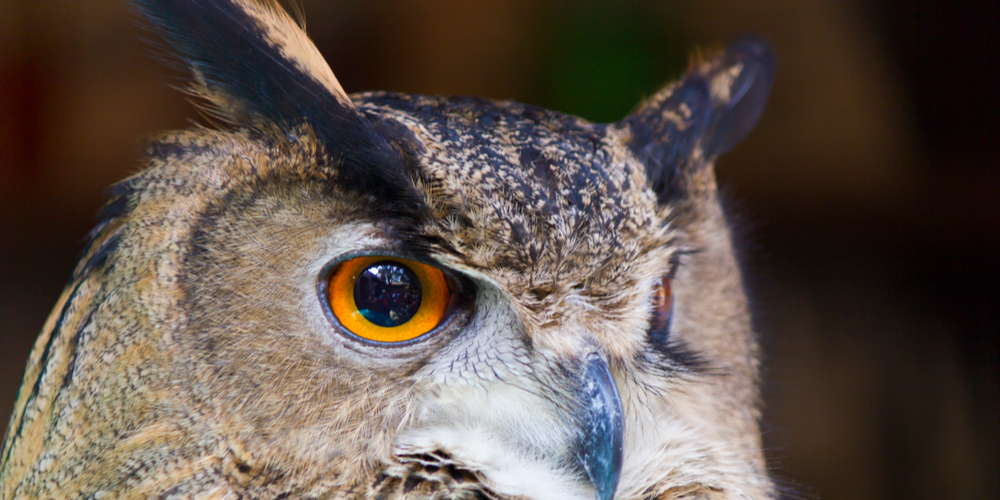Arizona is a biodiverse place. So, it has different types of birds and other animals. Most bird species are considered diurnal, meaning that they are asleep at night but active during the day. However, nocturnal birds are also available, hunting and flying at night and resting during daylight.
The percentage of diurnal birds is 70%, while the remaining 30% are identified as nocturnal birds. These come in different sizes, shapes, and dispositions, and you can find them in various habitats worldwide. Let’s look at Arizona nocturnal birds.
Arizona nocturnal birds
Today, we look at nocturnal birds you will likely observe in Arizona and their unique characteristics. Let’s get started.
Whiskered Screech-Owl
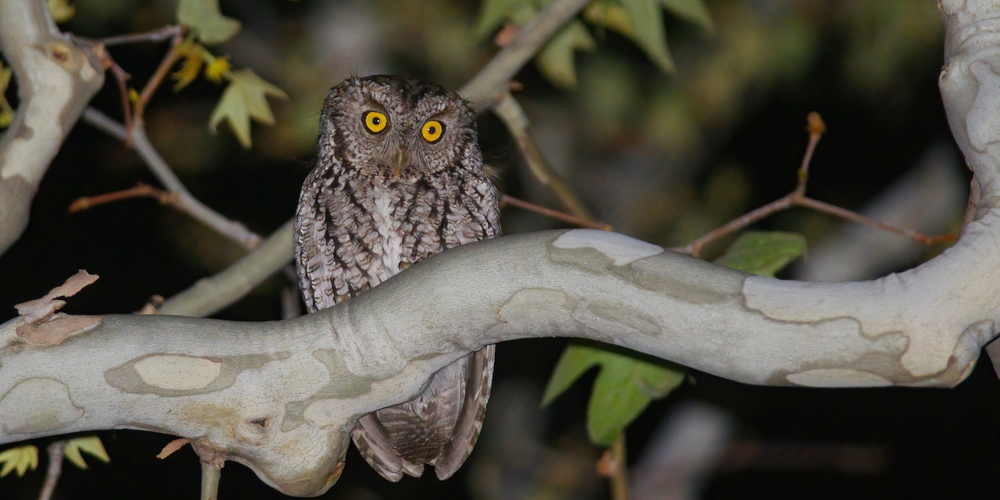
This is a small owl species that is found in southeast Arizona. It has black, white, and gray patterns and resembles the Western Screech Owl. But have a different voice and a heavy barring on their breast.
The bird has yellow eyes and beaks and small ear tufts. It is also called a Whiskered Owl or a Spotted Screech. It grows to a height of 16-20cm, but females have more weight than males.
These birds mostly live in mixed forests and feed on insects and small mammals at times. They often sit singly, but you will spot them together during the breeding season. These are nocturnal birds with excellent night vision and hearing capabilities. So they can quickly locate and attack their prey.
Buff Collared Nightjar
The Buff Collared Nightjar is a nocturnal animal found in southeastern Arizona. Some people also call it Cookacheea, Prestame-tu-cuchillo, or Ridgway’s Whip-poor-will. The species was first observed in Mexico in 1854, but it later moved to different parts of the world, and now, you can spot it in Arizona.
It is a gray bird with a dark throat and dark brown bars. Its underparts are pale gray-brown with a gray-brown tail and white corners. You can see it during the daytime but only when chased from a hiding spot on the ground or nest. It is mostly a nocturnal bird that flies at night with its mouth open to feed on insects.
Mexican Whip Poor Will
The Mexican Whip Poor Will belongs to a group of birds known as the Nightjar. It is a medium-sized bird, usually heard but rarely seen. The bird mostly lives in humid and semi-arid areas. It almost looks like the Eastern Whip-Poor-will in appearance. These two species tend to overlap during the overwintering period in Central America and Eastern Mexico.
The male doesn’t have much of the white color on the outer rectrices like the female. Also, their call and rolling are different. It is generally low-pitched, unlike the loud Whip-Poor-will, and produces a rougher rhythm.
These birds are usually active at dawn and dusk-like other nightjars. They nest on the ground, laying eggs on the forest’s floor leaf litter. But, research about the biology of this bird is limited since it is nocturnal and exhibits a cryptic behavior.
Lesser Nighthawk
Lesser Nighthawk is also another bird from the nightjar family. It rests during the day but flies at night once the heat cools down. In the twilight glow, it can be compared to a butterfly with beautiful wings. It flies with its mouth open to catch and feed insects flying nearby.
The bird has a white bar on its wings, and like some birds, it nests on the ground, mostly in shrublands and deserts. But females do not build nests. Instead, they lay their eggs on the ground, and since their body is camouflaged, they will hide the eggs. When the sun is too hot, the bird rolls the eggs to a shady area, unlike many birds that love to remain in their nests.
The bird tends to shut down in extreme cold weather and enter torpor until conditions improve. But when it’s too hot, they open their bills or face the wind to feel airflow and cool their bodies. The nestling nighthawks start flying when they’re at least 21 days old. But they can walk 1-2 days after being hatched.
Barn Owl
Barn Owl, also called Tyto alba, its scientific name, belongs to the owl family. The bird’s face is shaped like a heart with pure white underparts. However, it’s hard to identify their popularity and correct behavior like other nocturnal birds as they only come out at night.
The bird weighs approximately 250-350grams, so it’s not that heavy and measures 33-39 in length. It mostly feeds on voles, mice, shrews, small birds, and some mammals.
These birds have excellent adaptation features which help them hunt food in the dark. Their hearing is highly sensitive and can spit movements under minimal light.
Great Horned Owl
Lastly, we have this bird with a wide habitat range worldwide. Birders and non-birders know it very well. It is large and aggressive and belongs to the Strigidae family of birds. Like all owls, the bird is camouflaged, and it is found in different colors.
It has large ear tufts, which makes birders identify them easily. Females are slightly bigger than males. They have a brownish-gray upper part and checkered barring on their wings.
It is an excellent hunter and has various prey like small mammals, reptiles, amphibians, and birds. It can feed on any of these, provided they are within range. Since the bird is aggressive, it can attack other raptors. It is 100% carnivorous and mostly hunts in perches. They watch the prey discreetly before they fly and strike.
Related Article: Robins Singing at Night
